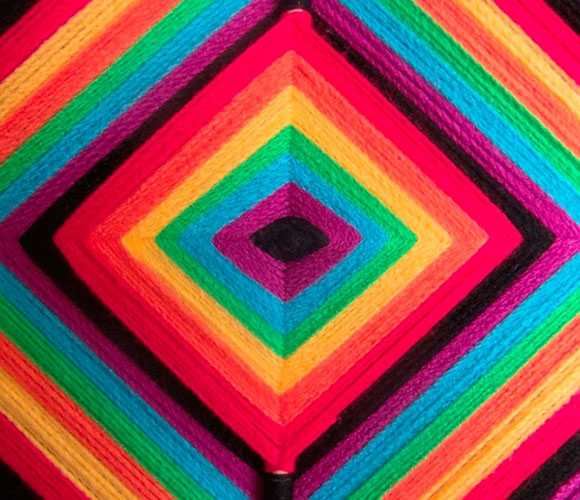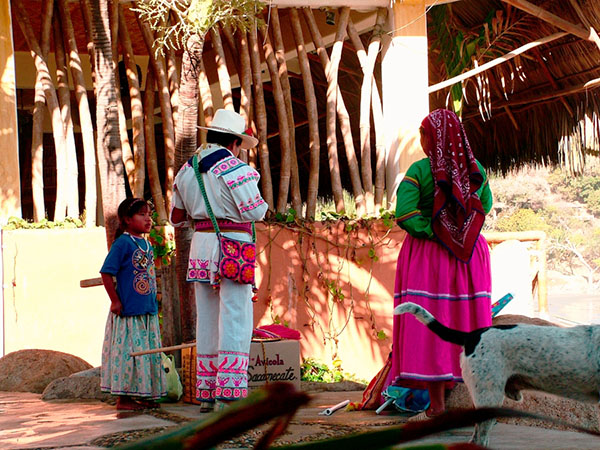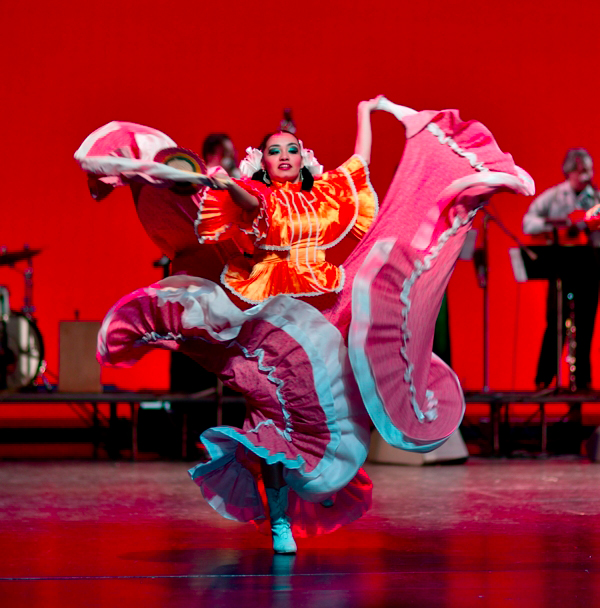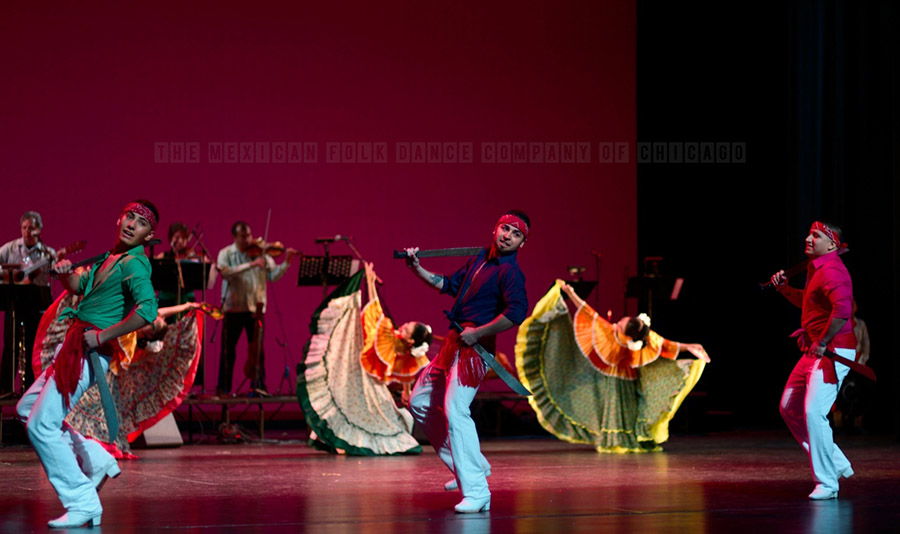The Central Pacific state of Nayarit is located a few minutes north of Puerto Vallarta and ascends onto the Western mountain range (Sierra Madre Occidental). The sierra is also the home of the Huichol indigenous group, famous for their yarn painting, the "eye of god", and spectacular costuming (see below). The name "Nayarit" comes form the pre-columbian Cora (A Family of the Huichol indians) leader "Nayar" who became beatified and worshipped after his death. Nayarit mainly produces sugar cane, cotton, coffee and tobacco, and shares an impressive coastline with Jalisco and Sinaloa. It is also an important mining center.

The state capital is Tepic, but the town of Compostela, (Inspired in Santiago de Compostela, Spain), was the first capital of nueva Galicia (Spanish colony comprising the states of Jalisco, Nayarit and Sinaloa).



